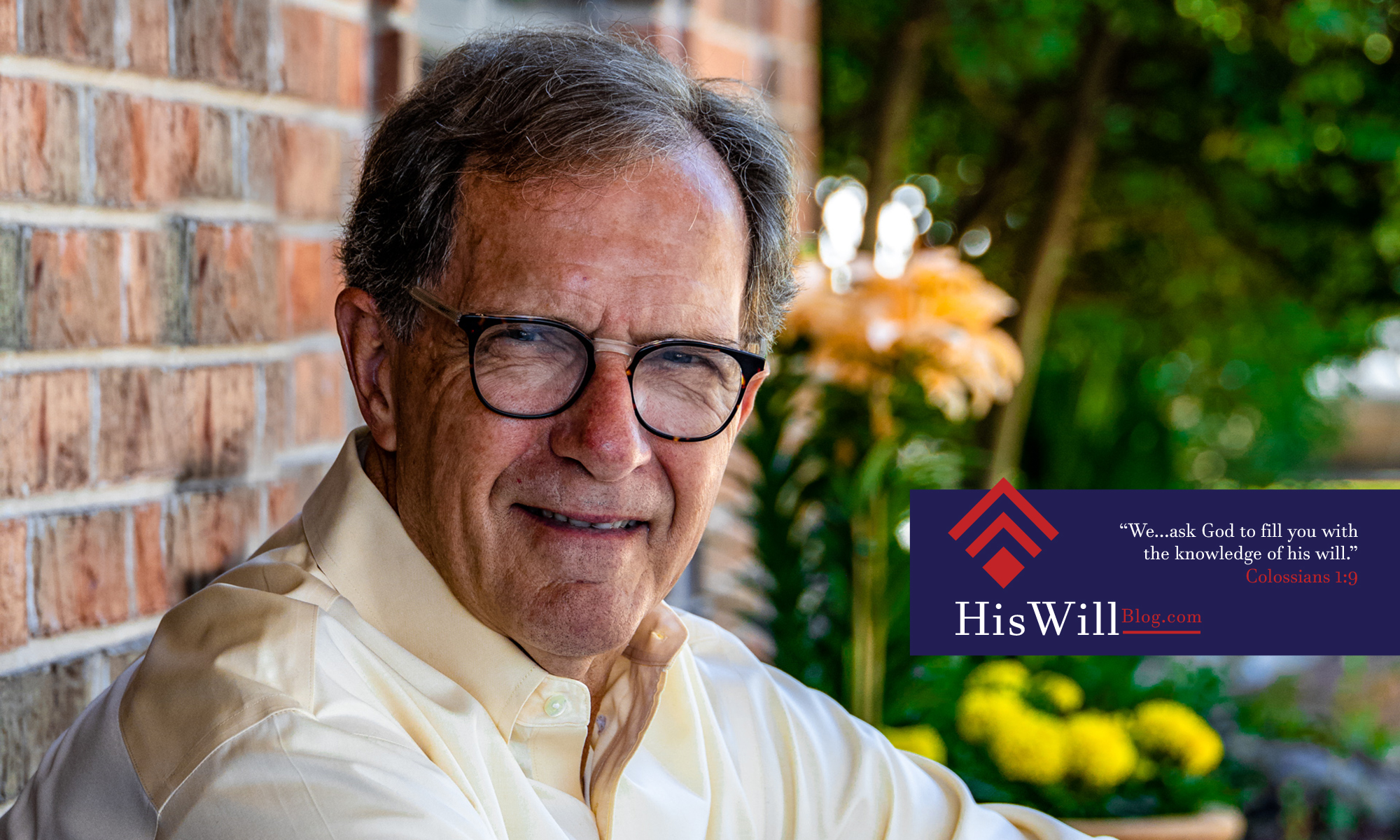Last Sunday Connie and I heard a brilliant exposition of 1 Peter 4:7-11. My friend Pastor Mike Philliber talked about how we are to live in uncertain times. As he taught, my mind went to some of the uncertainties of our day: the threat of war in Eastern Europe, the ongoing pandemic, the divisions in our nation, and recent increases in violent crime.
“The end of all things is near,” wrote Peter. The apostle’s readers may have had in mind the changing social and political norms in the first century Roman Empire. They may have thought of the destruction of Jerusalem and the dispersion of the Jewish people in AD 70. Their world was in a state of upheaval. Also, it is possible, even probable, that readers of Peter’s letter would have associated his words with the imminent return of Jesus. The New Testament writers (including Peter) continually emphasized the return of Christ to influence the believers’ attitudes, actions and relationships.
Pastor Mike carefully explained Peter’s words written to the first century church. They are relevant to our present time too. If we take seriously the possibility of “the end of all things,” then it will certainly influence how we live. “Therefore be alert and of sober mind so that you may pray,” said Peter. “Be steady,” said Pastor Mike. “Let there be no panic, no hysteria, no alarm. Instead be self-controlled and prayerful.” Good words to American Christians who are tempted to surrender to anxiety.
Peter wrote, “Above all, love each other deeply. . . . Offer hospitality to to one another without grumbling.” Pastor Mike explained that this kind of generous Christian community must be a priority: “Above all!” Some of the people to whom Peter was writing were persecuted, suffering refugees (1 Peter 1:1, 6). Their very survival depended on the willingness of other church members to take them in and to care for them. This kind of love is being practiced in places around the world today where believers in Jesus are persecuted for their faith.
Peter went on the say that, in light of “the end of all things,” believers should invest their lives in serving God using the abilities and opportunities God has given them. He wrote, “Each of you should use whatever gift you have received to serve others, as faithful stewards of God’s grace in its various forms.” Every Christian has been endowed with some spiritual gifts (abilities). Some of our Lord’s parables about his second coming remind us to stay faithful in serving him by serving others as we anticipate his coming (Matthew 25:14-30).
Doing this is an act of worship to God. “So that in all things God may be praised through Jesus Christ. To him be the glory and the power forever and ever. Amen.” This is to be our motivation as we live in expectation of the second coming of Jesus and live today in a world where life as we know it is ending and changing before our eyes.
The present troubles of the world do not prove that the Lord’s return must be near. The scriptures have always taught that the Lord’s return could be near (at any time. This is the meaning of the word “imminent.”) And there have always been troubles in the world. But today’s troubling circumstances remind us that this world is not the Christian’s final home. We are to live in anticipation of Christ’s return. Peter’s letter is telling us how to do that and do it well.
John Macarthur wrote, “That’s why it’s so important to cultivate a watchful expectancy for the imminent coming of Christ. The point is not to make us obsessed with worldly events. In fact, if your interest in the return of Christ becomes a consuming fixation with what is happening in this world, you have utterly missed the point. The knowledge that Christ’s return is imminent should turn our hearts toward heaven, ‘from which we also wait for the Savior, the Lord Jesus Christ’ (Philippians 3:20).”
Pastor Randy Faulkner

